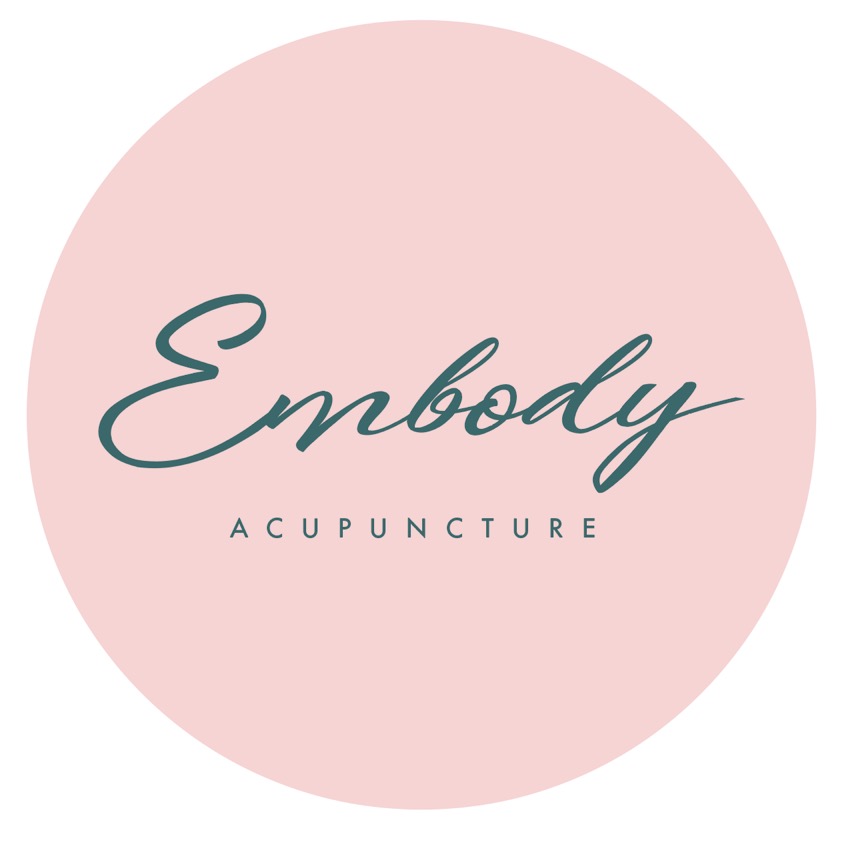"This is the single most powerful thing you can do -
embody the feeling of gratitude not fear"
Treatment Techniques
Acupuncture, an ancient practice rooted in Traditional Chinese Medicine (TCM), has been used for centuries to restore balance within the body. By harmonising yin and yang, acupuncture supports overall well-being. TCM views health as a balance of the mind, body, and spirit, and acupuncture takes a holistic approach by addressing the root causes of symptoms, not just the symptoms themselves.
At Embody Acupuncture, we tailor each treatment plan to your unique needs, incorporating a variety of techniques. Every session is provided by a skilled professional in a safe, supportive environment to ensure your comfort and healing.
Acupuncture
Acupuncture is based on the concept of meridians, invisible energy pathways that flow throughout the body, similar to nerves and blood vessels. These meridians carry Qi (vital energy), and when Qi flows smoothly, the body is in balance. When blockages or disruptions occur in the flow of Qi, illness and disease can arise.
During an acupuncture session, fine, sterile needles are gently inserted into specific points along the meridians. This process helps to stimulate the flow of Qi, remove blockages, and restore balance within the body, promoting overall health and well-being..
Cupping Therapy
Cupping is a relatively newer technique in Traditional Chinese Medicine (TCM) compared to other ancient practices.
When muscles are tight or experiencing pain, it often signals stagnation within the meridians, whether that’s blood or Qi stagnation, depending on the nature of the pain.
Cupping involves placing small glass cups or suction devices on the skin to help break up congestion and stagnation. The suction promotes the movement of stagnant blood and Qi, increasing circulation and bringing fresh blood flow to the affected area.
While it may look uncomfortable, cupping is actually a deeply relaxing treatment, leaving you feeling refreshed and rejuvenated after the session
Moxibustion
Moxibustion (or Moxa) is a heat therapy that uses the burning of mugwort, a traditional Chinese herb, to promote healing. Its primary purpose is to strengthen blood circulation and move Qi throughout the body.
There are two types of moxibustion:
Direct moxa involves placing the mugwort directly on the skin and heating it with a flame. The patient experiences warmth, but the flame never makes direct contact with the skin (as shown in the image).
Indirect moxa uses a moxa stick held close to the skin without touching it. Another variation involves attaching moxa to the top of an acupuncture needle, allowing the heat to penetrate the acupuncture point without causing any discomfort or direct contact with the skin.
Electro Acupuncture
Electro-Acupuncture (EA) involves applying a gentle, pulsating electrical current to an acupuncture needle, offering enhanced stimulation compared to traditional hand manipulation. While the patient may feel a mild sensation, it is not painful and is similar to the feeling experienced during manual needle manipulation. Used regularly in injury recovery or labor preparation.




